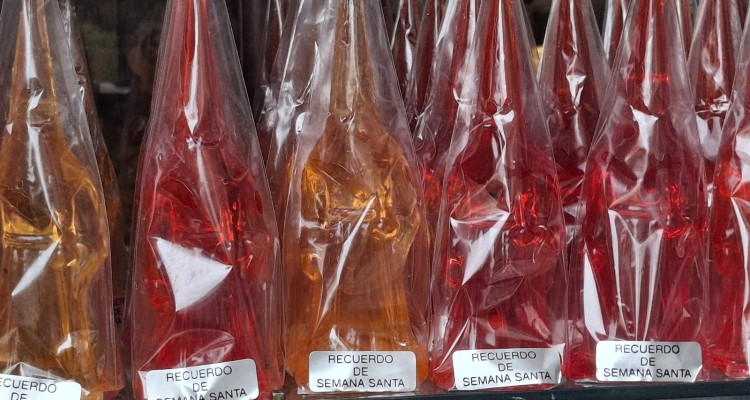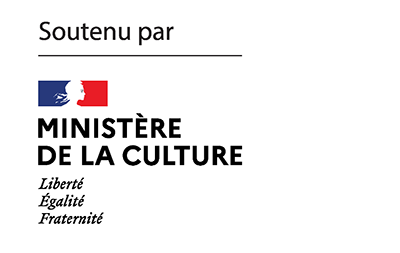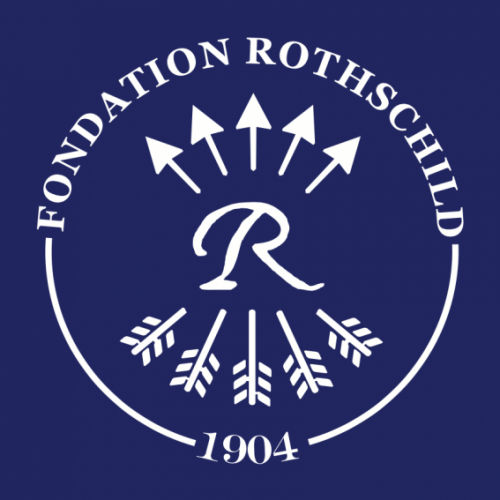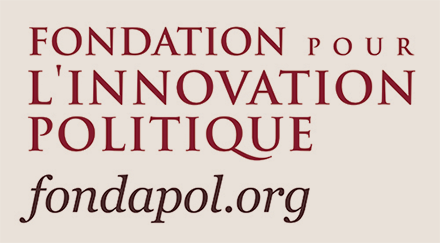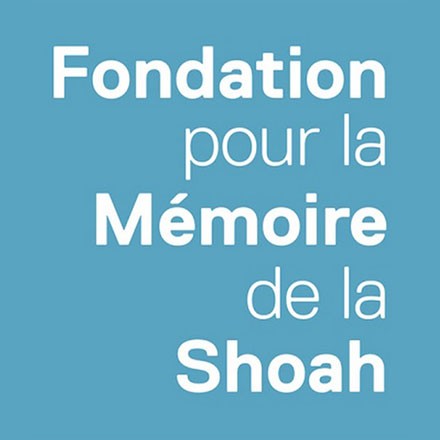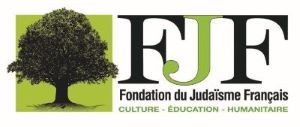The Judeo-Spaniards “of the East” – those of the former Ottoman Empire (as opposed to the Judeo-Spaniards “of the West” who were mostly in Morocco) – “know each other and recognise each other, but nobody knows them”, as Marie-Christine Bornes Varol explains to us, reminding us that in Turkey today, the motto of the Jews is “to live happily, let’s live in hiding”. A look back at a complex history, which took place in an equally complex geographical area and through a network of different languages. A story of the survival of a scattered micro-society, of which Turkey remains a center.
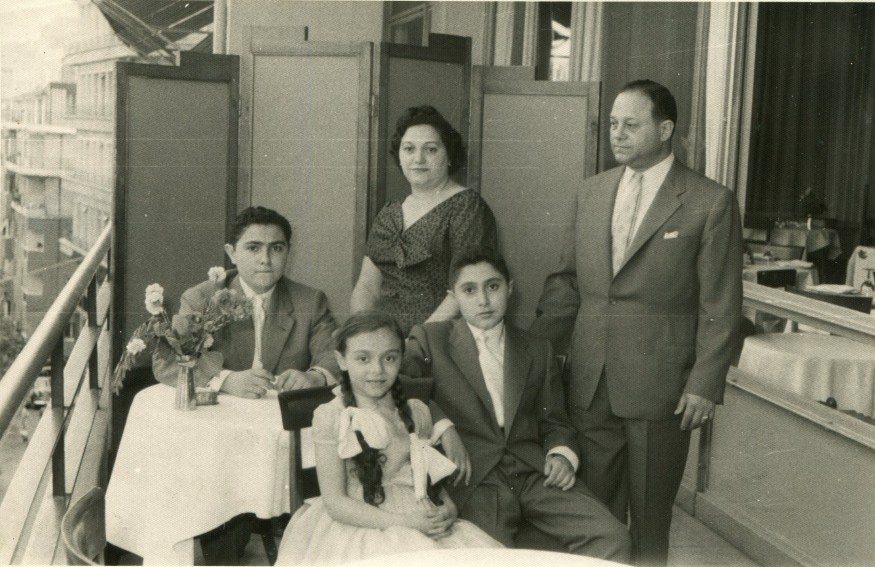
Invisibility
In 1988 Walter Weiker published a book with the enigmatic title The Unseen Israelis: The Jews from Turkey in Israel. These invisible Israelis, whose invisibility is the main asset in Israeli society according to the author, are the Jews from Turkey who emigrated en masse to Israel after Turkey recognised the new state in 1949. They joined the generations who had previously left the Ottoman Empire for Palestine, often illegally, since the end of the 19th century in the wake of the religious Zionists; those from the 16th and 17th centuries who had previously gone to Safed and Jerusalem from the Ottoman Empire for academic or religious reasons, but also conversos from Spain and Portugal who returned to Judaism, as testified by the Ottoman registers studied by Gilles Veinstein. These Judeo-Spaniards, expelled from Spain, Conversos who returned to Judaism, Kabbalist rabbis, and their families formed a large part of the old yishuv.
In Turkey, where they still make up the bulk of the Jewish community in Istanbul and Izmir, their motto is “to live happily, we live hidden”. It is maliciously expressed in French, one of the languages used by this multilingual community.
In France, where many Judeo-Spaniards live, they have several cultural associations, the main ones (Vidas Largas and Aki Estamos) being present in Paris, Lyon and Marseille. They have a website, radio programmes, cultural activities, an elegant magazine Kaminando i avlando and organise summer universities. But in France, where the Judeo-Spanish language is taught at university (at the Inalco and Aix-Marseille) and in the community, when it came to counting it as a language of France in 2002, Bernard Cerquiglini, then General Delegate for French and the Languages of France, expressed his surprise and interest in the existence of this particular Jewish community that he had never heard of. And for good reason, so are the Judeo-Spaniards of the East, they know each other and recognise each other, but nobody knows them.
Of course, if they enjoy this transparency, if they arrange it and if they use it, they are not entirely responsible for it. One of the reasons for their invisibility is their small numbers. Where Central and Eastern European Jews are counted in the millions, the Judeo-Spanish speakers of the East are counted in the hundreds of thousands. The highest estimate before the Holocaust was less than 500,000.
Shoah.
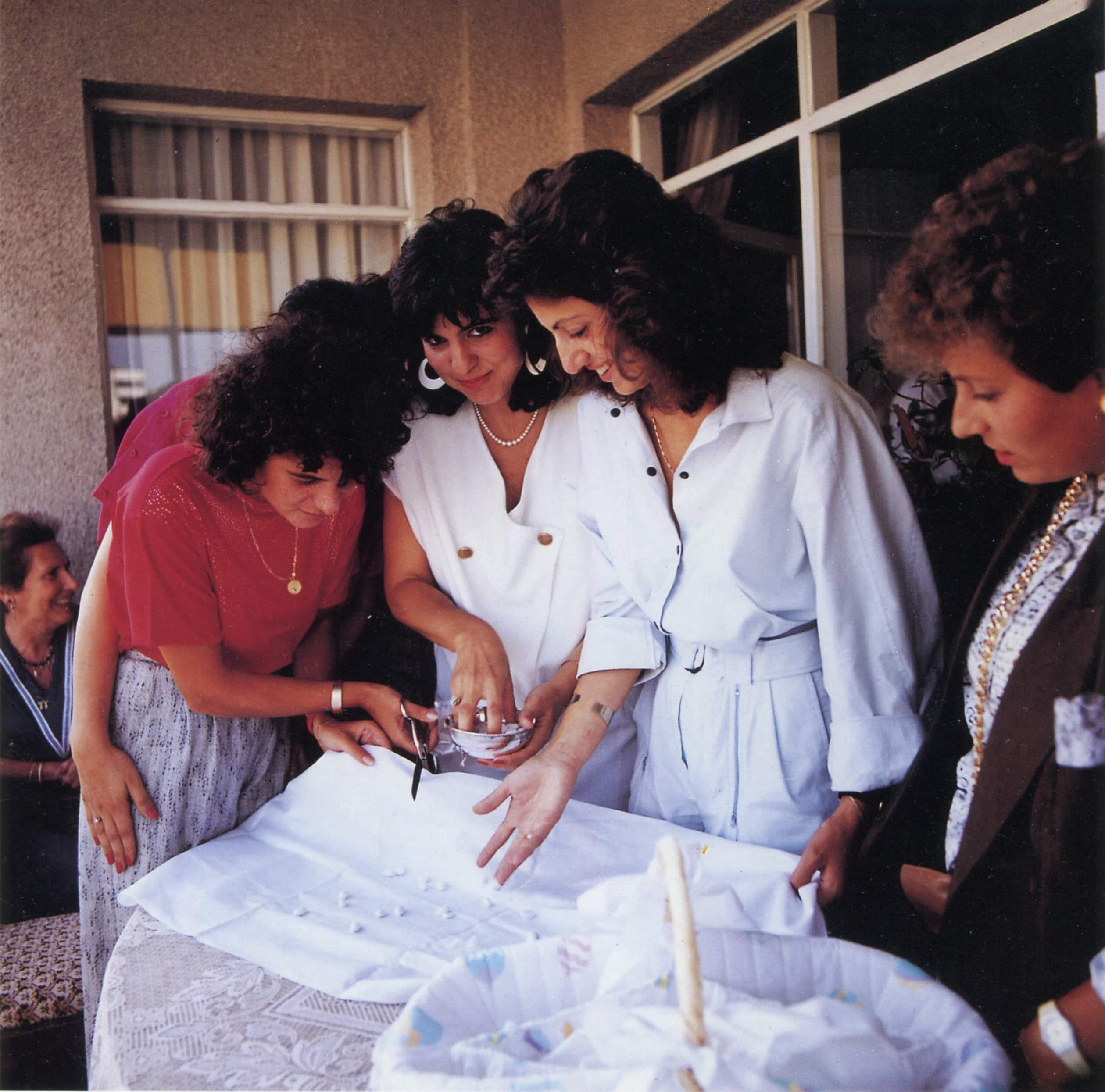
Sephardic
Another reason is the complexity of their history and that of the term “Sephardic” which covers very different cultural and linguistic realities. While Sefarad in Hebrew refers to Spain, and the Judeo-Spaniards rightly claim this heritage, it covers a complex geographical area: the medieval Iberian Peninsula, where space was divided between the Christian kingdoms in the north and al-Andalus in the south. Hebrew was a sacred language, a religious language and quickly became a literary language and a learned language like Arabic, a language also cultivated by the Jews of al-Andalus. The Jews formed an important group there alongside the Mozarabic Christians. They mainly wrote their scientific works in Arabic (written in Hebrew characters), and their poetry and literature in Hebrew. The languages spoken were Andalusian Arabic and the Romance language, which is derived from Latin. There was a constant flow of people between North Africa and the Peninsula. From the 12th century onwards and the very intolerant Almohad invasion at the time it began, the Jews massively gained the Christian kingdoms of the North – where their presence was only sporadic – the Languedoc and Provence. Their use of the Romance languages increased, but as the Reconquista progressed their closeness to the Mudejares, the Muslims of the Christian lands who shared their fate as a minority, was strengthened. Their admiration for the Arab culture, which was so much superior to that of the North, led them to continue to speak Andalusian Arabic. When the terrible waves of massacres and forced conversions of 1391 occurred, the Arab lands became a refuge again and many Spanish Jews fled to North Africa and the kingdom of Granada. In the 15th century, when the latter represented almost nothing, the spoken and literary languages of the Jews were mainly Castilian, Portuguese, Aragonese, Catalan, depending on the kingdom of residence, often several of these Romance languages (always written in Hebrew characters), while scholarly and religious works were written in Hebrew; their use of spoken Arabic, although difficult to evaluate, is attested by several documents. The Jews of the Iberian Peninsula were multilingual and moved around a lot: because of the troubles, to escape the pogroms, to study, to trade, to marry, to go to the Holy Land… At the time of the Expulsion, some of these Spanish Jews joined the indigenous Jewish communities of North Africa or founded their own community, that of the Spanish-Jews “of the West” (as opposed to those from the Ottoman Empire). The latter, especially in Morocco, developed their own Judeo-language, Haketiya, which differed greatly from the Judeo-Spanish of the East (often called Ladino) in its history and nature. The two languages are currently tending to merge because of their common medieval Romance base, their nature as Judeo-languages and, above all, their “re-Hispanization” in the 20th century, whether intentional or forced.
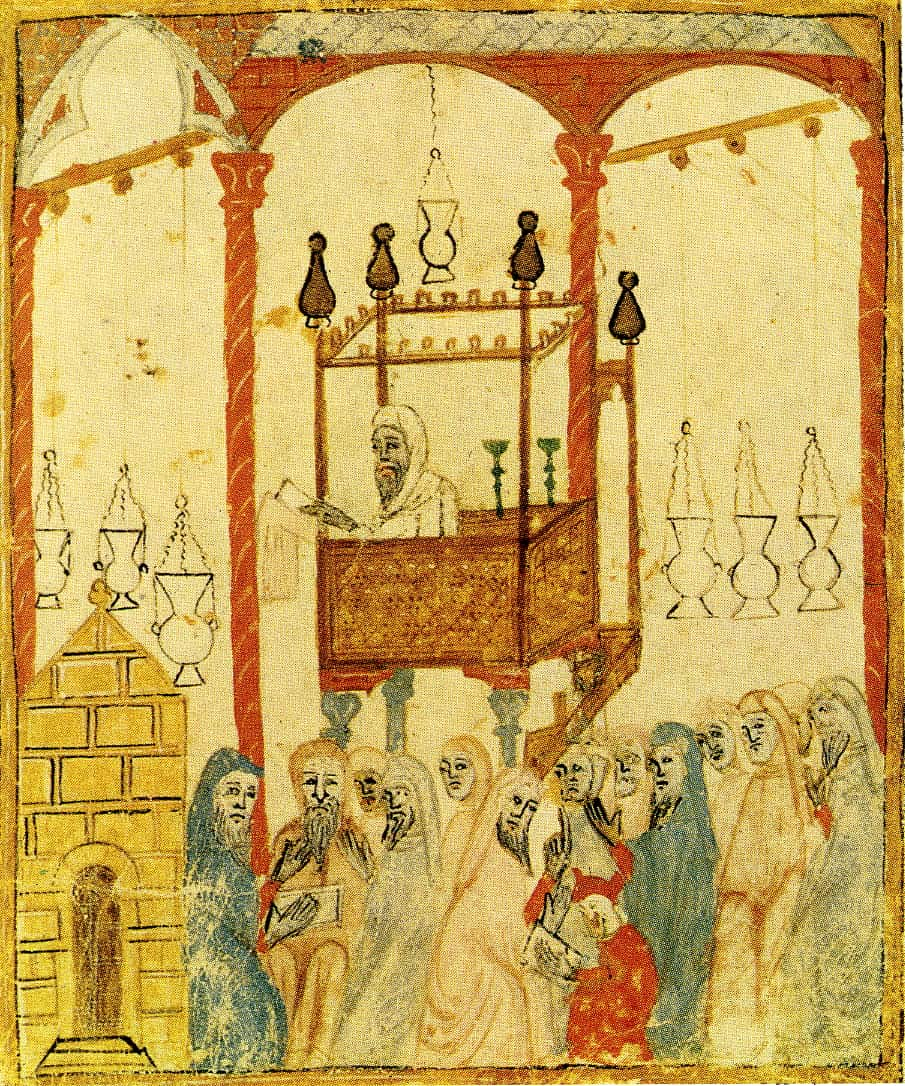
Thus, we have Sephardim from al-Andalus with an Arabic culture, very ancient Judeo-Arabic and Judeo-Berber communities from North Africa, Moroccan Judeo-Spanish communities, and Judeo-Spanish communities from the former Ottoman Empire who share or contest the title “Sephardic”. When Zionism developed and Jewish emigration to Palestine progressed, it quickly became clear that the “Sephardim” competing for the title were no match for the demographically dominant “Ashkenazim”, so they decided to include in their numbers all the Jews of the Islamic lands (Iran, Iraq, Yemen, Egypt, etc.) and beyond, all the non-Ashkenazic Jewish communities, thus increasing the confusion.
If they use the term “Sephardic” in the Hispanic world or in France, they generally call themselves simply Djudyos / Djidyos, i.e. “Jews” in Judeo-Spanish. They sometimes specify their region or town of origin Turkinos, ‘from Turkey’, de Bosna, ‘from Bosni’, Selaniglis, ‘Salonians’, Izmirlis, ‘Smyrniotes’, Idernelis, ‘Andrinopolitans’… They also call their language djudyó or djidyó, even if they also use the different terms assigned to it Judezmo, djudezmo, ladino, espanyol muestro, musevidje, sefardí… The term Ladino seems to be gaining the upper hand everywhere.
One of the effects of the generalisation of the term “Sephardic” is that Judeo-Spaniard people, whether from Morocco or the former Ottoman Empire, disappear into a culturally very diverse grouping where they are a very small minority. When one tries to find their traces in the archives, the Judeo-Spaniards, undifferentiated, find themselves caught up in an indistinct mass or counted among the Maghrebian communities of which they have never been a part. This is particularly the case in France, Israel, Argentina… They must be extracted one by one from the documents using their family names, the alkunya (so important in their patriarchal model) and their birthplace.
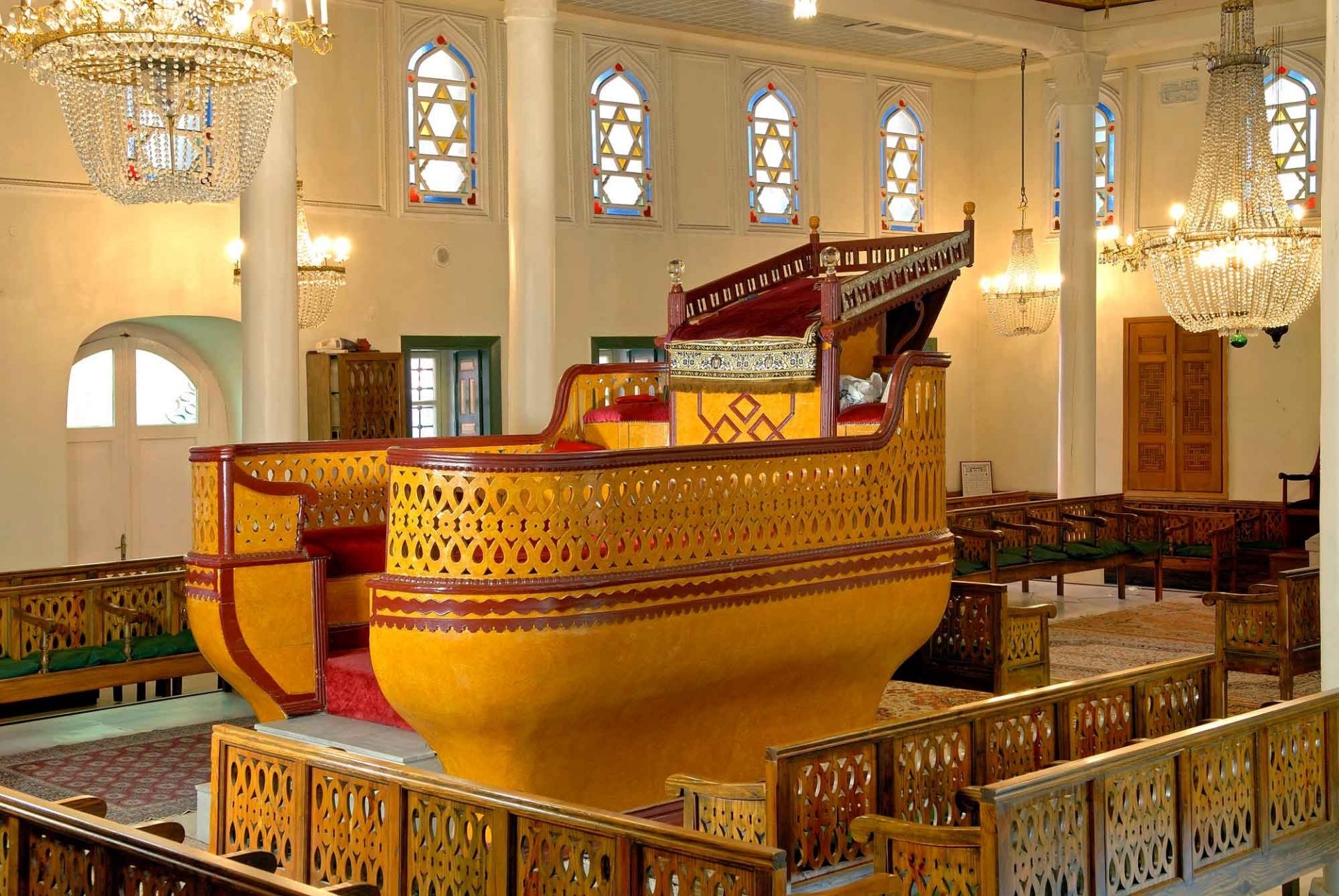
The Trauma of the Holocaust
Finally, the Judeo-Spaniards of the East are traumatised by the experience of the Holocaust . While the fate of the Jews of Northern and Eastern Europe is well known, few people know that the intellectual capital of the Judeo-Spanish East, Salonika, the “Jerusalem of the Balkans”, which was predominantly Jewish until its annexation to Greece in 1912 and still majority Jewish at the beginning of the Second World War, was almost entirely deported and exterminated in the camps (of the 56,500 Jews in the city in 1940, 46,091 were deported and very few returned). The scholar Shmuel Refael, son of a couple of Sephardic survivors who took refuge in Israel, often spoke of his dismay and suffering at school, where it was said over and over again that the “Sephardim ” had not experienced the Holocaust. However, in Greece, out of nearly 80,000 Jews, just over 62,500 were deported and in 1947 only about 10,000 remained, half of whom emigrated. The communities of Yugoslavia, Bulgaria (Thrace and Macedonia) and Romania suffered great losses, as did the large Spanish-Jewish community that had settled in France since the end of the 19th century. Here again, it took years before their numbers could be truly registered, following the community and collective work of the Muestros dezaparesidos Association, leading to the Memorial of the Judeo-Spaniards deported from France in 2019. After the war the number of Judeo-Spaniards in the East was reduced to about 200,000 souls. Only those in America and Turkey were spared.
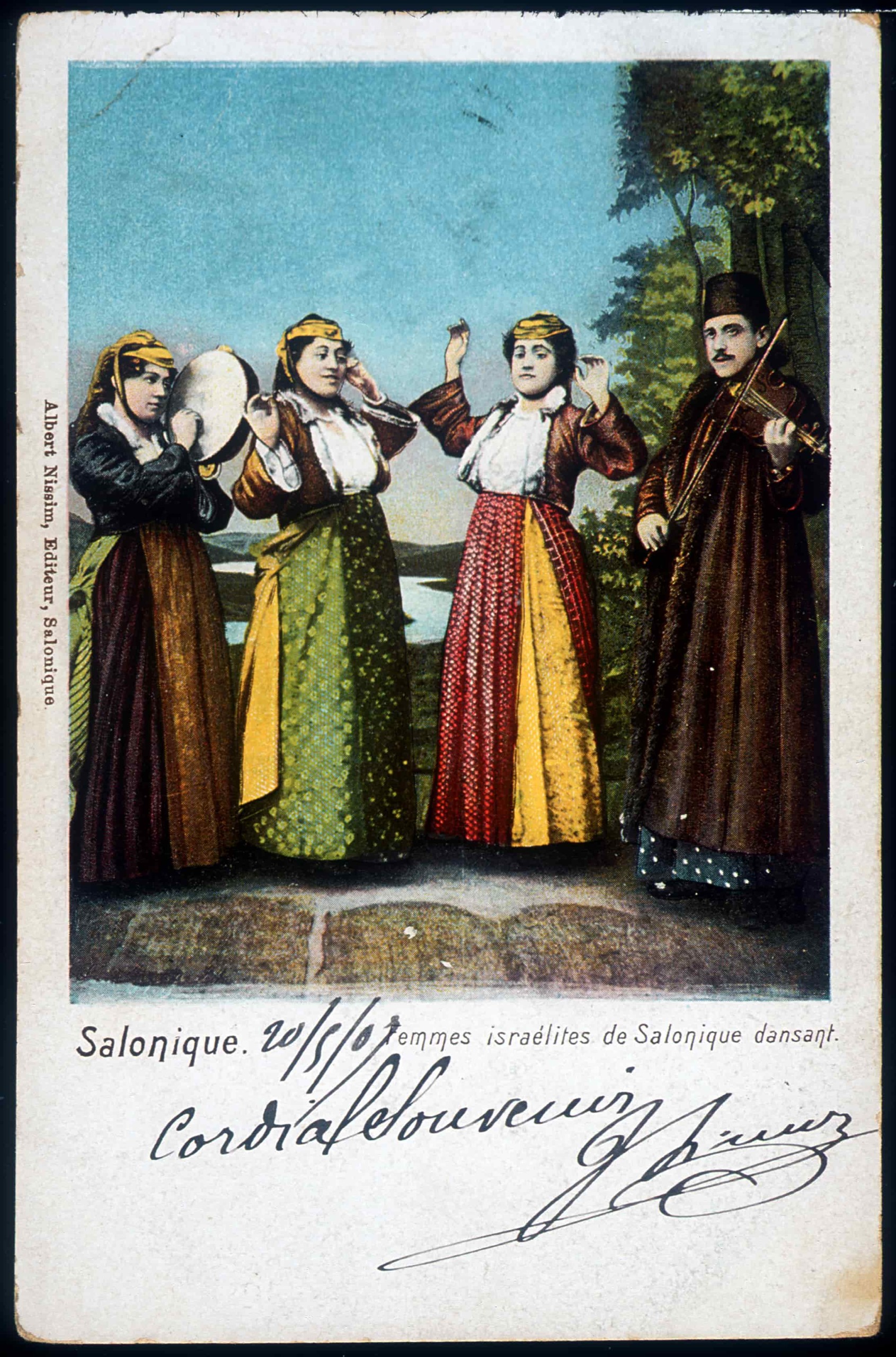
This gaping hole can be seen strangely in the silence of the judeo-spaniard communities in Turkey regarding the fate of the Salonians: in the interviews recorded in 1990, no mention was ever made of the fate of the Jews of Salonika; only a lady from Serres, who had seen her entire community disappear while staying in Istanbul for a wedding, mentioned this tragedy in hushed tones. But the fear of a disastrous fate, a few allusions in hushed tones, the rumours about the ovens of Balat, the mistrust of the environment, the expression often used in an abbreviated form FAP fuyir a tyempo, ‘to flee in time’, present at the bottom of letters, showed that after centuries of life without any great catastrophe, the 20th century became for the Judeo-Spaniards a time of threat and fear. They did not overcome the indirect trauma of the Holocaust, which is still impossible to tell to the spared ‘survivors’.
Nationalist policies against minorities
In the late 19th and early 20th centuries, the fate of the Armenians struck Judeo-Spaniards with the idea that they should interfere in politics as little as possible and behave as ‘polite guests’. When interviewed in 1985, a Jewish family in the Istanbul suburb of Balat expressed their fear of talking about the massacres of Armenian officials in their neighbourhood, referring either to the unrest at the end of the 19th century or to the 1905 attack on Abdülhamid II, and still feared trouble for hiding two of them.
Both modern Turkey and the Balkan nation-states have seen the rise of intolerance towards minorities, who are suspected of possible treason and regarded as unreliable citizens. The closure of the Alliance Israélite Universelle schools, the compulsory primary education in Turkish, the violent intimidation campaigns repressing the use in public of languages other than Turkish on the slogan of Vatandaş Türkçe konuş, `Citizens Speak Turkish’ of 1928 ; antisemitism appearing in the major national newspapers, particularly around the Niego affair (the murder of a young Jewish girl by a Turkish nobleman) in 1927 and 1928; the pogroms against the Jews of Thrace in 1934; the discriminatory wealth tax or varlık vergisi which ruined the Jewish community and other minorities and led to the deportation of those who could not pay in 1942; the pogrom against the Greek community in Istanbul on 6-7 September 1955; all these events strongly shook the confidence of the Jews of Turkey. If they could explain the troubles of the Armenians by their claims or their political activities, they could not explain the relentlessness against rather discreet communities such as the Jews and Greeks of Istanbul, who were rather silent about the Cyprus crisis which served as a pretext for the pogroms.
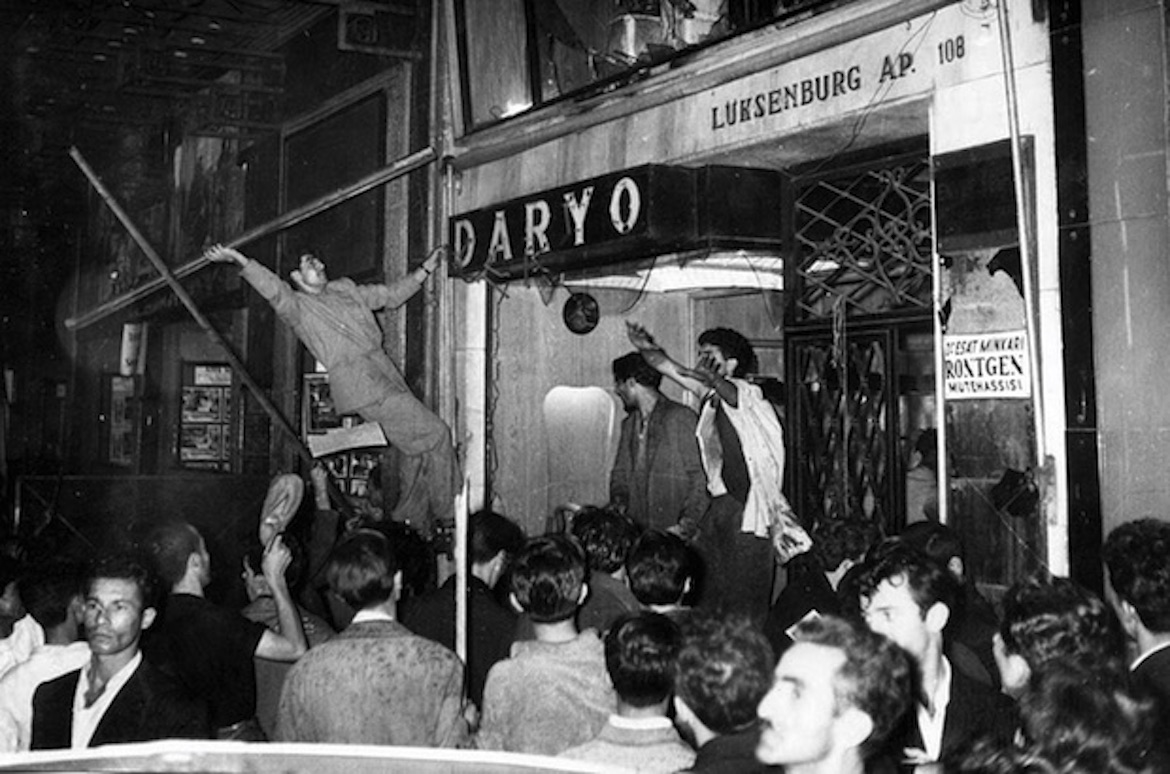
However, the Spanish-Jews of Turkey felt very close to the Greeks for both ancient and recent reasons: the exiles from Spain had massively absorbed the Romanitic Jewish community, of Byzantine and Greek-speaking origin, during the 16th and 17th centuries. The Jewish residential areas generally adjoined the Greek areas and Greeks and Jews shared the same distrust of the Turks (a term they used for Muslims) and Armenians, whom they considered too close to the Turks. Greek was part of the multilingualism of the Jews of Istanbul and Anatolia until the middle of the 20th century, and the Greeks were the only population that the Jews openly mocked or joked about, especially their poor pronunciation of Turkish. The Greeks in Turkey had the same prejudice towards Turks and Armenians and the same familiarity with Jews, whom they also mocked. Inter-communal quarrels did occur occasionally around the Jewish festival of Purim or Orthodox Easter, but they were limited.
Aware of what was happening in Greece and stunned by the fate of the Judeo-Spaniards who had emigrated to France – whose families received news -, informed by their numerous newspapers (in Judeo-Spanish, but also in French and Turkish), the Jews of Turkey spent the war dreading that Turkey would side with its former ally.
As they rebuilt their cultural and family networks with the few survivors the Holocaust had left in Europe, the anti-Greek nationalist pogroms of 1955 and the emigration of the last Greeks from Turkey persuaded them that neither Europe nor Turkey was a land of refuge. They emigrated to Israel in 1949, at first en masse, then gradually and continuously until today, as well as to North America, and then again, little by little, to France.
The Return to Spain
In 2014, Spain offered to restore, under drastic conditions – including proficiency in the current Spanish language and culture – Spanish nationality to “Sephardim”. The term has been abusively extended to Latin American Jews who have requested it in an overwhelming majority. If we consider only the historical “Sephardim”, it was more easily granted to Moroccan Jews (Judeo-Spaniards or not) for historical and political reasons. The long and difficult procedures were even more complicated for the “Sephardim” from the East, many of whom were rejected. Portugal has been a little more generous, but this has not led to any significant departures. It is not necessarily a question of emigrating but of being ready to do so in case of danger, to obtain a European passport, as foreign subjection was bought in the Ottoman Empire. Turkish policy under Tayip Erdoğan’s government has become unpredictable. Thus in 2010, Turkey’s previously good relations with the state of Israel deteriorated, and the Mavi Marmara flotilla crisis triggered a wave of anti-Semitism in the press and the population. In the rhetoric of Islamist parties, Jews are blamed for Israel’s policies and are the object of many conspiracy theories.
Disappearing and surviving
For all these reasons, the Judeo-Spaniards of the former Ottoman Empire have kept a culture of evasion, of accommodation to the external context, and, although citizens, they nevertheless consider themselves as “guests” without history, despite more than five centuries of attested presence.
They constitute a group that is strongly identified from within, whose identity remains solid, which relies on the networks of its diaspora and is not very visible from the outside, due to its weak presence.
Their communities rely on a proud history and culture that did not experience a sudden break in continuity, on a vast literature in Judeo-Spanish (nearly 4000 titles recently counted by Dov Cohen), as well as on its long experience of survival in the Diaspora.
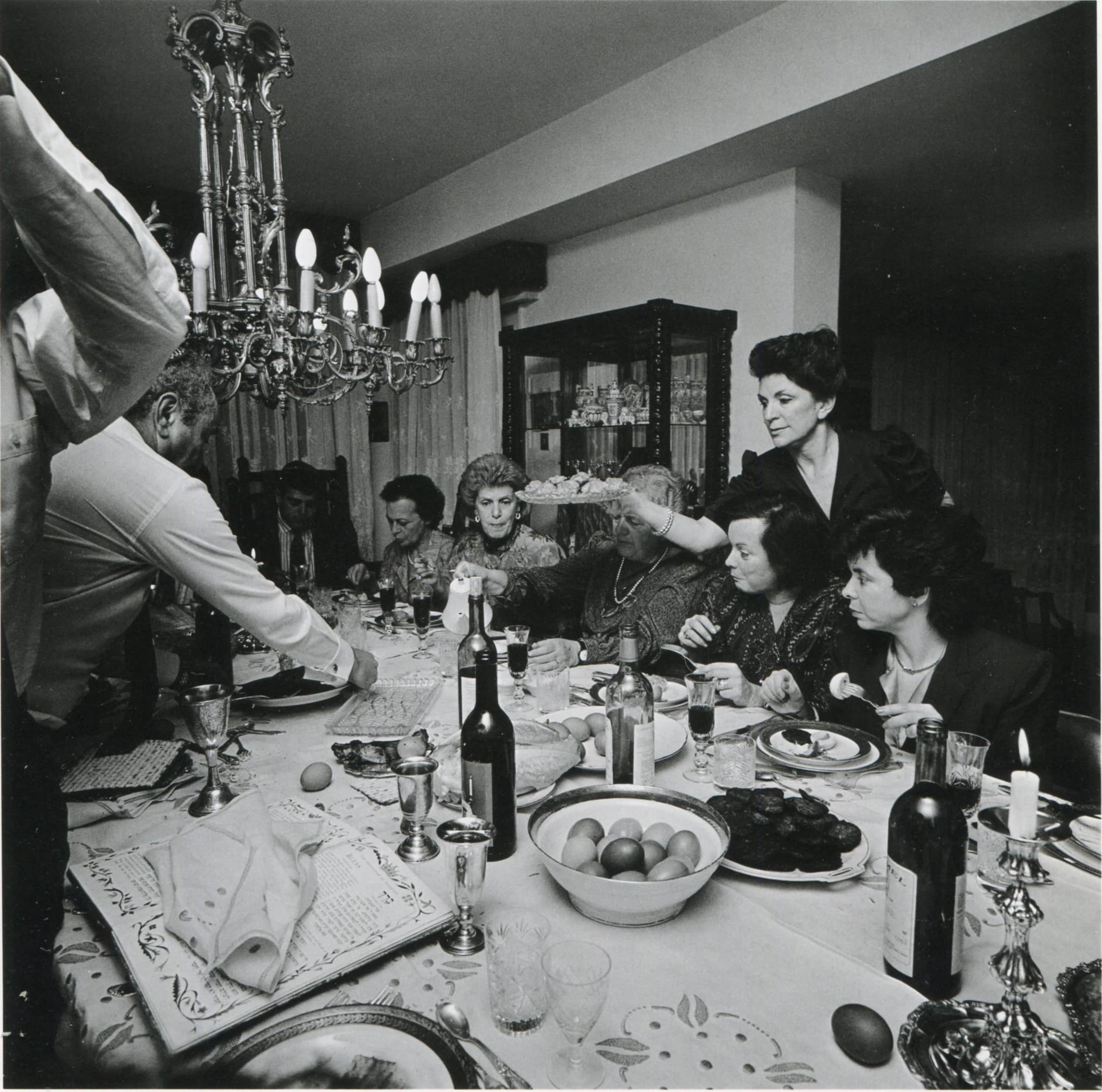
The Jewish community in Turkey, which is continuously shrinking due to emigration, remains highly organised. It has a weekly newspaper in Turkish and a monthly in Judeo-Spanish, a publishing house, a museum, a private school and high school, a hospital, an old people’s home, charitable associations, various very active cultural organisations, youth clubs… The languages of teaching and learning today (Turkish, Hebrew, English) direct the emigration more towards Israel and America than towards Europe. The influence of the State of Israel is very strong on the ideological and religious levels, which reduces the autonomy of the community. Forced to rely on Israel or the United States for protection, the Judeo-Spaniard community has to give up its cultural and religious characteristics, rooted in an ancient tradition, which gives it its originality, and it undergoes a massive acculturation both in Turkey and Israel and in France where it is lost in other Jewish communities with very different customs.
Its language, Djudyó/Ladino/Djudezmo or Judeo-Spanish of the East, which is the only gateway to its literature, rarely or never translated, has been the object of constant attacks and violations since the end of the 19th century, not the least of which has been the rehispanisation.
One of the ways in which it responds to this pressure is by cultivating its polyreferentiality: multilingual, flexible, conforming to the laws of the country and to the laws of Judaism, it plays with its multiple dimensions and its contextual adaptability. Some of its own features are sometimes concealed or denied. This is the case, for example, for its complex policy of integrating foreign members into the community, which is much more tolerant than in other Jewish traditions, which is ancient and equally well founded in law; or for the highly internalised practice of kashrut, which is visible to its own people and invisible to others; or again, the praise for the singing voice, even if it is female, provided certain conditions are met. These particularities are difficult to perceive from the outside, for Jews and non-Jews alike. They act as discreet recognition signals. A certain secularisation of religious practices, which was partly imposed in the schools of the Alliance Israélite Universelle at the end of the 19th century and the beginning of the 20th century, is in line with ancient practices of Jewish concealment by crypto-Jewish Conversos. This allows these traditionalist Jews to adapt their practice to their immediate surroundings and gives it a stronger meaning.

Thus their practice of Judaism outside the synagogue or family is in some ways cryptic, as is their language or writing when it is in the Hebrew script “Rashi”. In this sharp and creative language, which is based on medieval Spanish, one can criticise everything, the government, the religious authorities and even the extended family, whereas in other spoken languages one uses more neutral or distant discourse. Language and discourse are adapted to the listener, reactions are observed, attitudes are deciphered, and what can or cannot be said is measured. Formalised discourse forms are used. For this purpose, the Judeo-Spaniards have a very large oral corpus of facetious or moral tales, exemplary anecdotes, sentences and proverbs, based on ancient written texts and codified interpretations. They integrate into this welcoming corpus the surrounding foreign elements compatible with their interpretation of Judaism.
It is not a question of role-playing but of the smooth articulation of interlocking identities: that of the individual within the family of blood, the extended family, the community, global Judaism, the country of residence where he/she is a citizen… Each circle has its own language, its own regulations and its own limits. It is true that all societies function more or less according to this model, but in the case of Judeo-Spaniards today it is the diversity and complexity of these identities – which are often contradictory or incompatible – which are assumed in a particularly successful manner that make this community original, and which knows how to distinguish itself or disappear depending on circumstances.
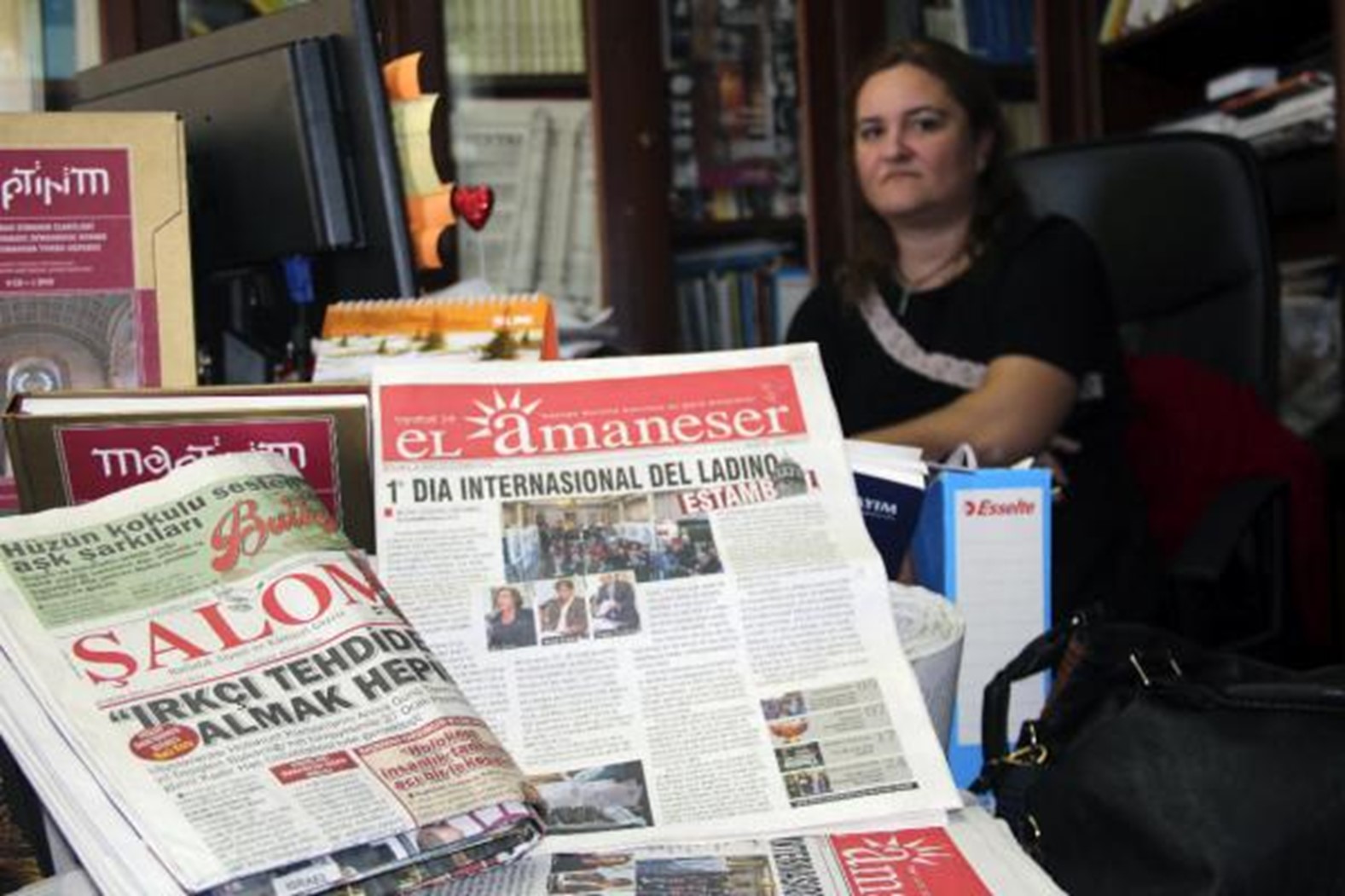
This no doubt explains the survival of this complex micro-society in a globalised world. Its disappearance, as well as that of its language and its centuries-old culture, has been predicted since the end of the 19th century. In 2022, it is clear that even if this Jewish community, its culture and its language are weakened and reduced, they still exist, as the French associations Aki estamos ‘Here we are’ and Vidas Largas ‘Long live’ proudly proclaim, and their resilience never ceases to amaze us.
Marie-Christine Bornes Varol
Marie-Christine Bornes Varol is a linguist. Professor emeritus of Judeo-Spanish language, literature and civilization at the Inalco, Paris, she received in 2005 the Alberto Benveniste Prize for Research for her “Manuel de Judéo-Spanish” (L’Asiathèque).
In collaboration with Kaminando i Avlando, la revue trimestrielle de l’association Aki Estamos whose next issue will be published in May.
Notes
| 1 | Fachadura: layette in Judeo-Spanish. This ceremony takes place in the 5th or 6th month of pregnancy. Guests bring gifts and throw sugarplums on the swaddles as a sign of luck and prosperity. |
| 2 | La synagogue Ahrida aurait été fondée par Juifs romaniotes (hellénophones) venus de la ville d’Ohrid en Macédoine en 1427 sous l’Empire byzantin. Restaurée en 1992, elle est la plus ancienne synagogue encore en usage à Istanbul. Elle est surtout connue pour sa tevah (chaire) en forme d’Arche de Noé ou de caravelle évoquant, dit-on, l’arrivée des Juifs sépharades en terre ottomane. |
